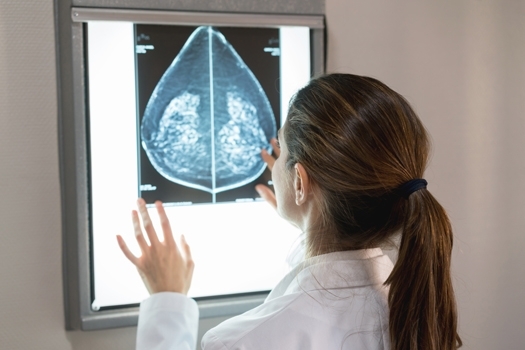‘Fewer than 75’ may have died due to breast cancer screening error, says health secretary

The Government has revised down estimates of the number of women affected by an IT error that caused thousands of missed cancer screenings.
Health secretary Jeremy Hunt told Parliament earlier this week that ‘less than 75’ women may have lost their lives as a result of the IT error – down from earlier estimates of 270.
In total, he said that 174,000 women ‘were affected by this issue, of which we know that up to 130,000 are still alive’.
When Mr Hunt first announced the IT issue, which dated back to 2009, he estimated that ‘450,000 women aged between 68 and 71 were not invited to their final breast screening’.
In a written statement Mr Hunt said: ‘I can now confirm, based on analysis by Public Health England, using data provided by NHS Digital that up to 174,000 women were affected by this issue, of which we know that up to 130,000 are still alive.
‘As a result, the numbers who may have had their lives shortened as a result of missing their screening is now estimated to be less than 75.
‘Whilst this figure is lower than the original estimates given in my statement, this does not lessen the devastating impact that this has had on some people’s lives.’
The issue came to light in January after the breast screening invitation IT system was upgraded and provided improved data on the actual age of the women receiving screening invitations.
Mr Hunt also announced that a review into the failings will look at ‘why the problems were not detected earlier, including whether there were missed opportunities to identify and rectify the failure earlier’ and look at the ‘clinical implications for the affected population as a whole’.
The review, chaired by Lynda Thomas, chief executive of Macmillan Cancer Support, will report back in November.
Visit Pulse Reference for details on 140 symptoms, including easily searchable symptoms and categories, offering you a free platform to check symptoms and receive potential diagnoses during consultations.










